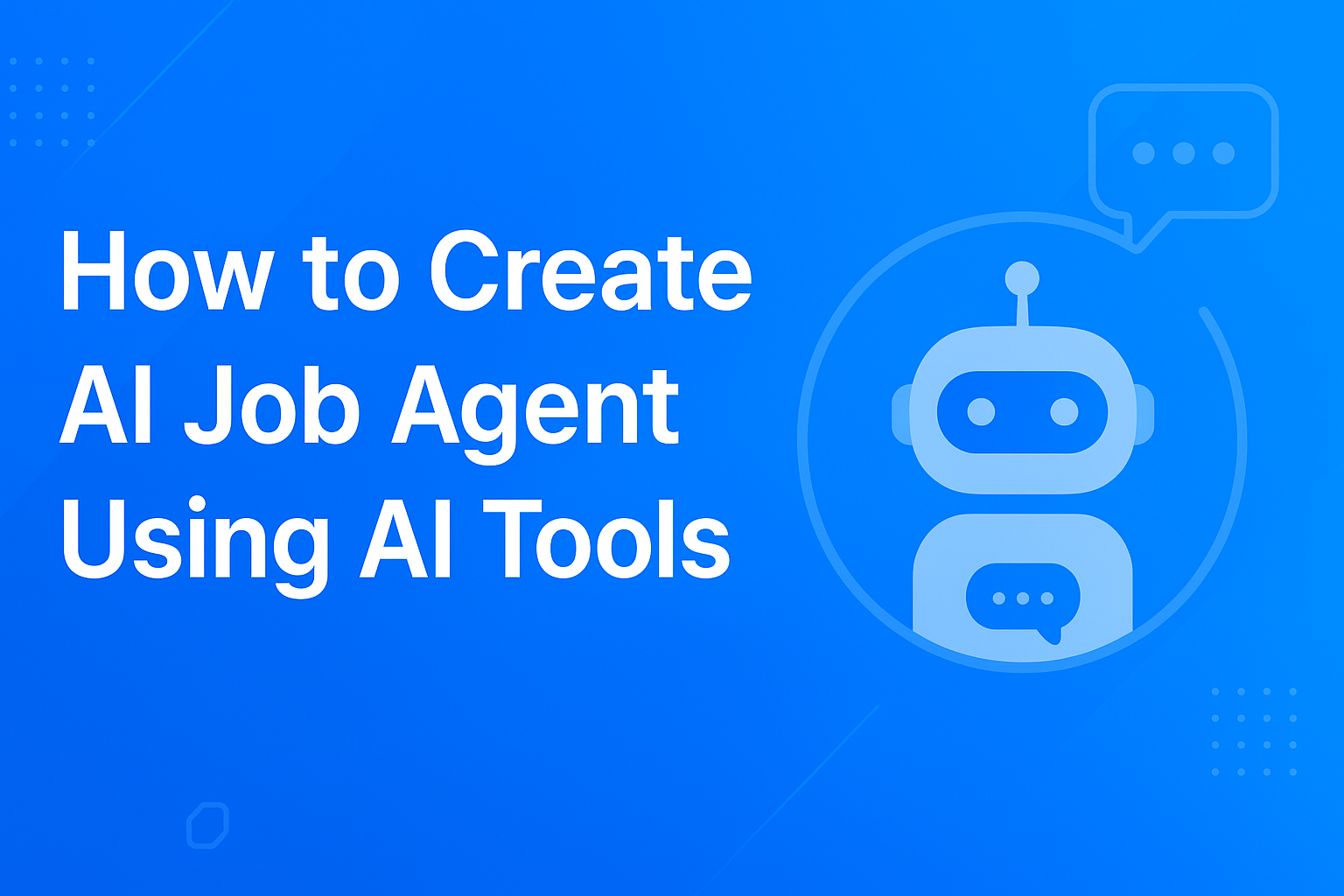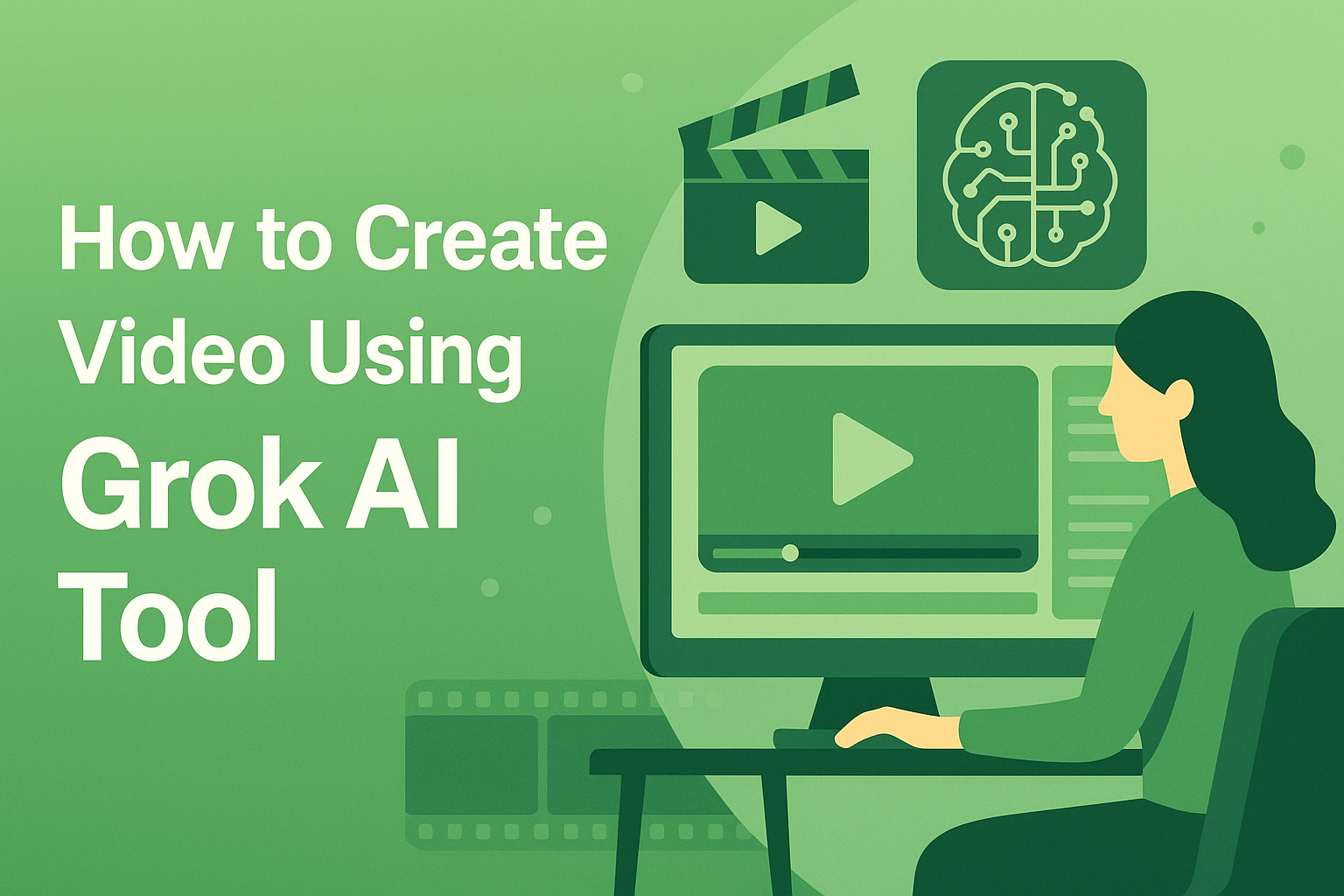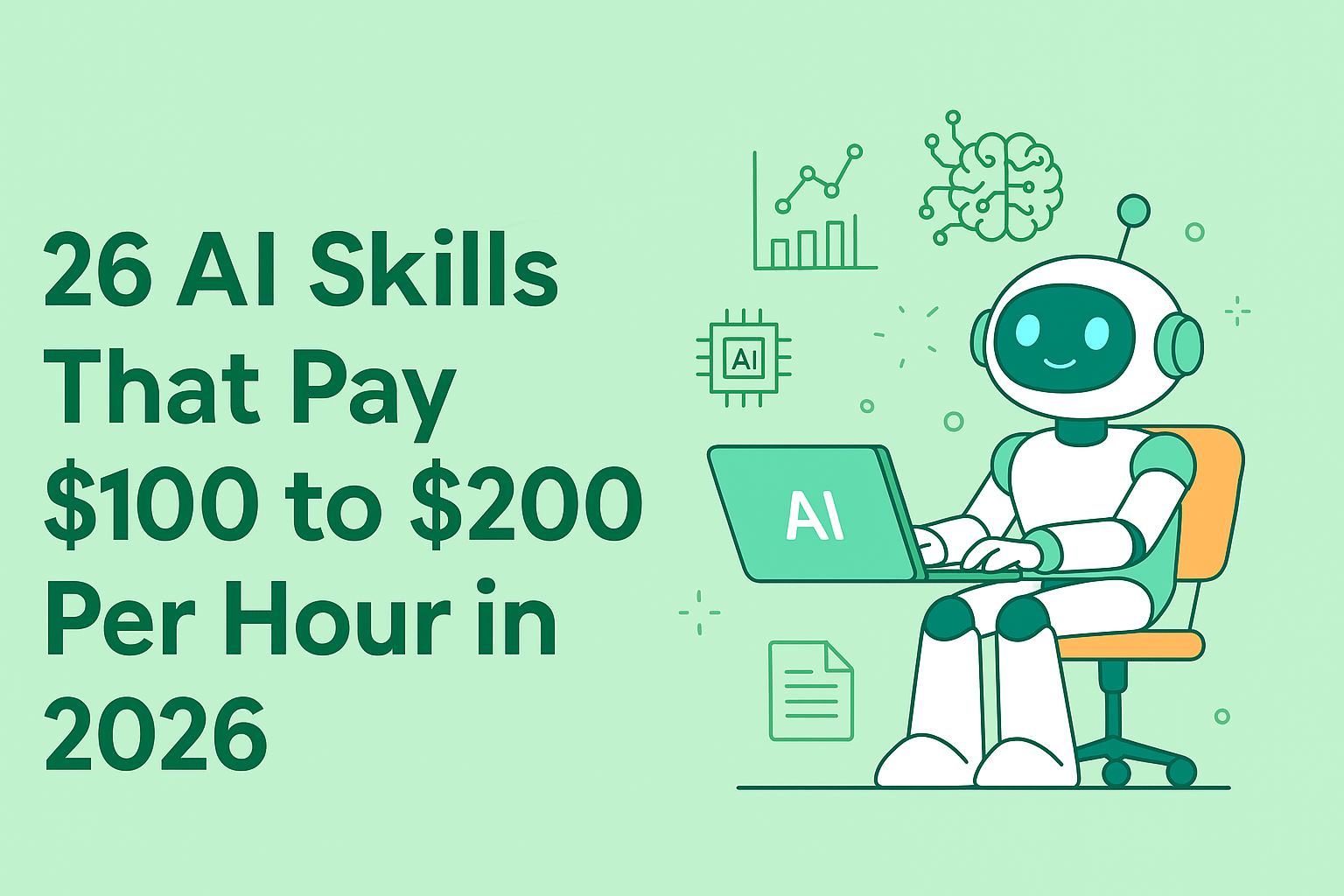Finding the right job can feel like a full-time job itself. Between browsing job boards, sending out tailored applications, and tracking responses, it can take hours every day. But what if you could automate that process?
What if an AI system could search for jobs that fit your skills, apply automatically, and even notify you of promising opportunities?
That’s exactly what an AI Job Agent can do. With a smart setup, you can build your own agent that finds, filters, and applies for jobs, saving time and increasing your chances of landing the right role faster.
Let’s explore step-by-step how you can create your own AI Job Agent using modern AI tools, without needing a background in programming or machine learning.
What is an AI Job Agent?
An AI Job Agent is an automated digital assistant that searches and filters job listings, matches them to your profile, and alerts you when relevant opportunities appear.
Advanced setups can even personalize job applications, write tailored emails, and track your application status.
In simple terms, an AI Job Agent acts like your personal recruiter that never sleeps.
It uses automation, data scraping, and AI-powered natural language processing to handle repetitive parts of your job search, leaving you free to focus on interview preparation and skill development.
Why You Should Create an AI Job Agent
If you’re actively job hunting or working as a recruiter, building an AI Job Agent can save a significant amount of time. Here are a few real advantages:
- 24/7 job monitoring: The agent continuously scans job boards and company websites.
- Personalized filtering: It only shows roles that match your skills, location, or experience.
- Smart application writing: AI tools like ChatGPT or Jasper can write personalized cover letters automatically.
- Centralized tracking: Keep all your applications and responses organized in one place.
- Better response rate: When applications are timely and personalized, they stand out.
Imagine waking up every morning to a list of fresh opportunities perfectly tailored to you, all prepared by your AI assistant.
Step 1: Identify the Tools You Need
Before you build your AI Job Agent, you’ll need to choose the right tools. The beauty of AI today is that you can create powerful automations without coding.
Here’s a list of commonly used tools and their purpose:
| Function | Tools You Can Use |
|---|---|
| Job Scraping | Apify, Phantombuster, Scrapy |
| Automation Workflow | Zapier, Make (formerly Integromat), n8n |
| AI Writing | ChatGPT, Jasper, Copy.ai |
| Data Storage | Google Sheets, Airtable, Notion |
| Notification | Slack, Telegram Bot, Email |
You can mix and match these based on your comfort level and the platforms you prefer.
Step 2: Define Your Job Search Criteria
An AI Job Agent is only as smart as the data you feed it. Before building, clearly define what you’re looking for.
Ask yourself:
- What kind of job titles are you targeting?
- Which industries or companies interest you?
- What’s your preferred salary range or experience level?
- Are you open to remote, hybrid, or on-site roles?
Once you’ve listed these parameters, you can use them as filters within your automation tools. For example, when scraping job listings, you can instruct the bot to only capture data containing terms like “Digital Marketing,” “Remote,” and “Full-time.”
Step 3: Set Up Job Data Collection
Now, you need to get your agent to collect job listings automatically.
Option 1: Use Job APIs
Some job boards like Indeed or LinkedIn provide APIs that allow you to pull listings directly. You can use these to fetch jobs based on keywords and locations.
Option 2: Use Scraping Tools
If APIs aren’t available, scraping tools like Apify or Phantombuster can capture listings from job boards, websites, or LinkedIn pages.
For instance, Apify’s LinkedIn Job Scraper can extract job titles, company names, locations, and application links daily.
Once extracted, this data can automatically flow into your Google Sheet or Airtable for easy management.
Step 4: Filter and Prioritize Job Listings
After gathering listings, your AI Job Agent should filter them based on your preferences. This can be done through automation workflows.
For example:
- Use Make (Integromat) or Zapier to set up conditions such as:
- Include only listings with “Remote” or “Flexible Work” tags.
- Exclude companies already applied to.
- Highlight those posted in the last 48 hours.
This step ensures that you focus only on relevant, high-quality opportunities rather than wasting time browsing every possible listing.
Step 5: Automate Job Notifications
Once your AI Job Agent identifies a potential match, it should alert you instantly.
You can:
- Send notifications via Slack or Telegram whenever a new match is found.
- Email yourself with the top 5 job opportunities every morning.
For example, you could set up an automation in Zapier like:
“If a new row is added to Google Sheets (matching my filter), send a message to my Slack channel.”
These instant alerts make sure you’re among the first to apply, a crucial advantage in competitive job markets.
Step 6: Personalize Your Applications with AI
This is where AI writing tools shine. Instead of manually writing cover letters, you can automate that too.
How It Works:
- Connect your filtered job data (like company name, job title, and requirements) to an AI writing model such as ChatGPT.
- Use a custom prompt like: “Write a short, professional cover letter for a [Job Title] role at [Company Name] highlighting experience in [Skill]. Keep it under 150 words.”
The system generates a new, tailored cover letter for each listing.
You can even have the agent store these letters in a folder or attach them automatically to applications if supported by the platform.
Step 7: Track Applications Automatically
A major part of the job search is tracking which roles you’ve applied to, which ones responded, and which ones are pending.
You can automate this using Airtable or Google Sheets.
- Create columns for job title, company, date applied, response, and follow-up.
- Use your automation platform to automatically log data every time a new application is sent.
- Add triggers to send reminders for follow-up emails after 7 or 14 days.
This system ensures no opportunity slips through the cracks and keeps your job hunt organized.
Step 8: Add Intelligence with Chatbots or AI Assistants
If you want your AI Job Agent to go a step further, integrate conversational AI features.
You can use tools like ManyChat or Dialogflow to create a chatbot that interacts with you directly.
For example, you can message your bot:
“Find marketing jobs in New York under $80k”
and it will respond with links or summaries of available roles pulled from your database.
This makes your AI Job Agent feel like a personal job-hunting assistant available on demand.
Step 9: Evaluate and Optimize Performance
Like any system, your AI Job Agent improves with feedback.
After a week or two of use, evaluate:
- Are the job matches accurate?
- Are notifications too frequent or too few?
- Is the tone of AI-generated applications professional enough?
You can fine-tune search parameters, update automation rules, or modify AI prompts based on these results. Over time, your agent becomes smarter and more aligned with your goals.
Step 10: Stay Ethical and Transparent
While automation is powerful, it’s important to use it responsibly. Avoid automating mass job applications that lack personalization since they can damage your reputation.
Instead, use the AI Job Agent as a supportive tool to speed up research, communication, and organization while still adding your human touch before submission.
Example Setup for Inspiration
Here’s a simple, beginner-friendly workflow you can try:
- Apify scrapes new job listings from LinkedIn based on your keywords.
- The data is saved automatically to Google Sheets.
- Zapier checks for new entries in the sheet.
- When a new job appears, ChatGPT generates a personalized message.
- The job link and letter are sent to your Slack channel for quick review.
This setup can be built in just a few hours and will keep working quietly in the background, saving you dozens of hours weekly.
Creating your own AI Job Agent is no longer just for tech experts. With the availability of easy-to-use automation and AI tools, anyone can build a system that works around the clock to find and organize job opportunities.
By combining job scraping, automation workflows, and AI writing assistants, you can eliminate the repetitive parts of job hunting while keeping the process efficient and personal.
If you’ve ever wished for a virtual assistant to handle your job search while you focus on interview preparation or skill improvement, building an AI Job Agent might be the smartest decision you make this year.




